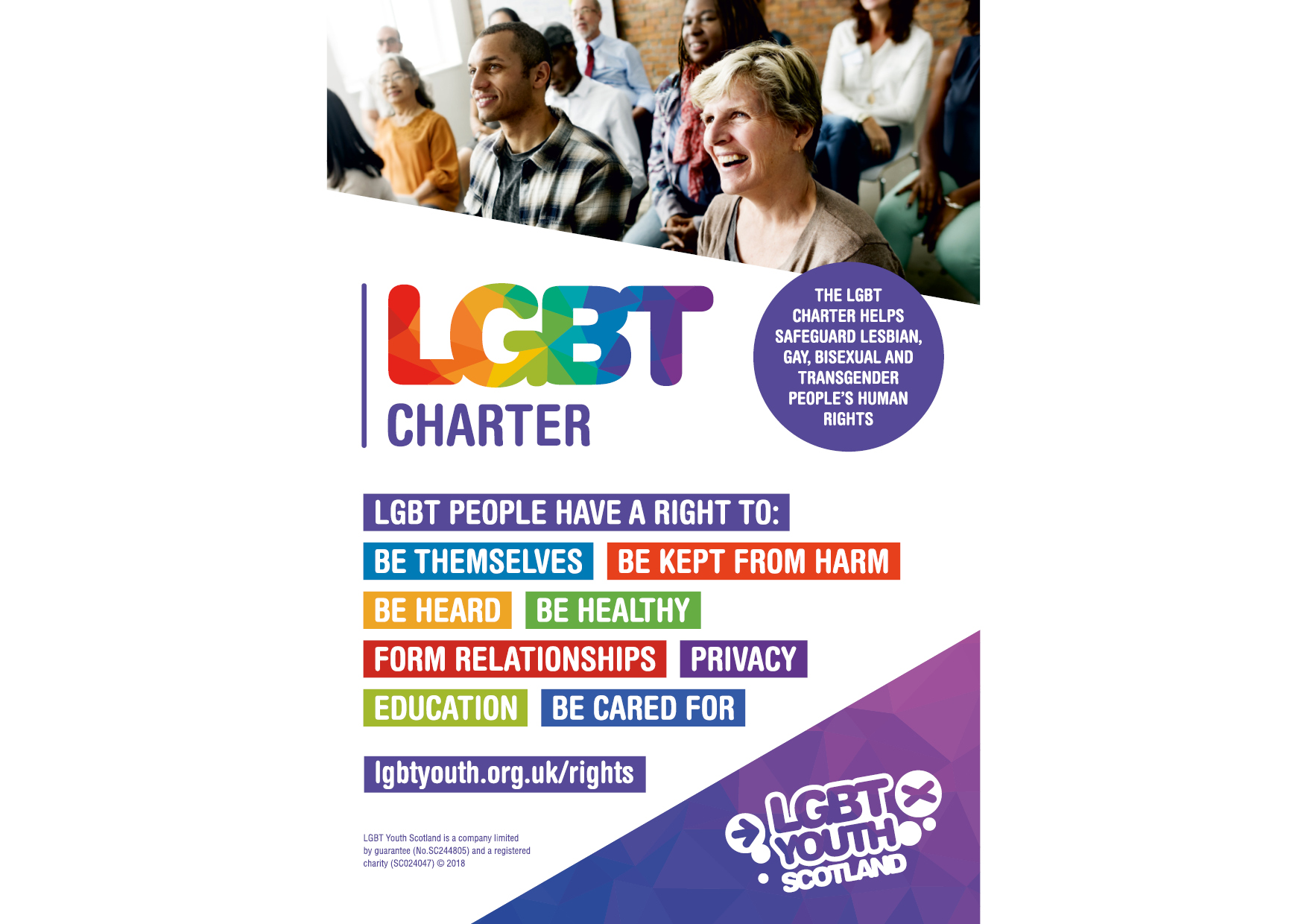As we near the end of our LGBT Charter programme it’s important we reflect on where we started and what we’ve learnt along the way. We started this year-long journey back in February 2022, and what a journey it’s been! Read on to see Move On’s LGBT Charter timeline and learn more about what we’ll be taking away from the programme. You can see our full journey on our social media profiles.
For some background information, The LGBT Charter programme has been developed to support organisations to ensure they’re meeting legislation and being as inclusive as possible. Being awarded the Charter enables us to send a positive message that we are a champion of LGBT inclusion where LGBT employees, customers, or service users will be safe, supported and included. It makes a clear statement that equality and diversity are at the heart of Move On.
Our Timeline
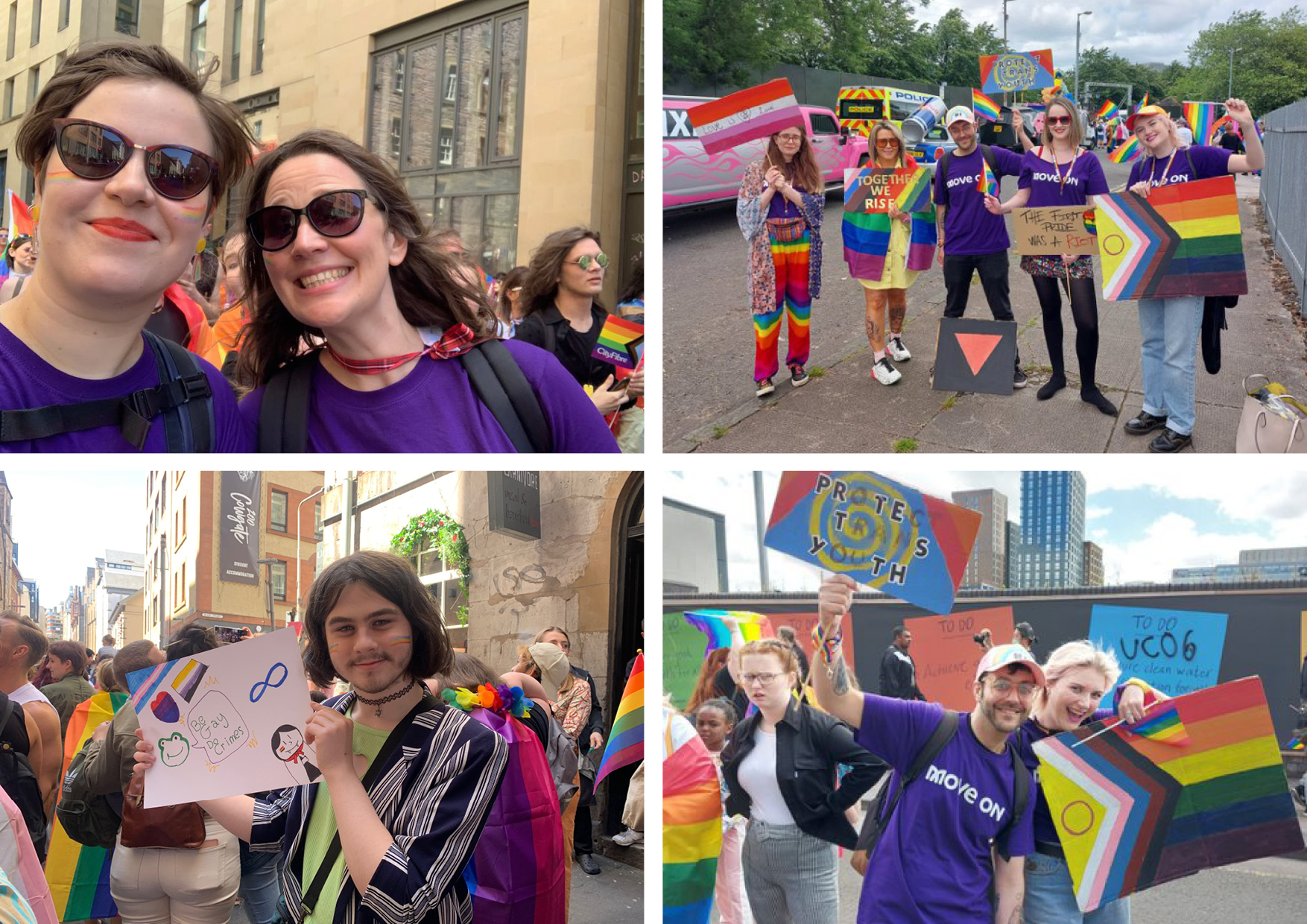
June: In early Summer we joined the Pride March in both Glasgow and Edinburgh. In the same month we also founded our LGBT Youth Group in Edinburgh, holding our first meeting to design and create placards to take with us to Pride. Since then they’ve held monthly and sometimes weekly meetings.
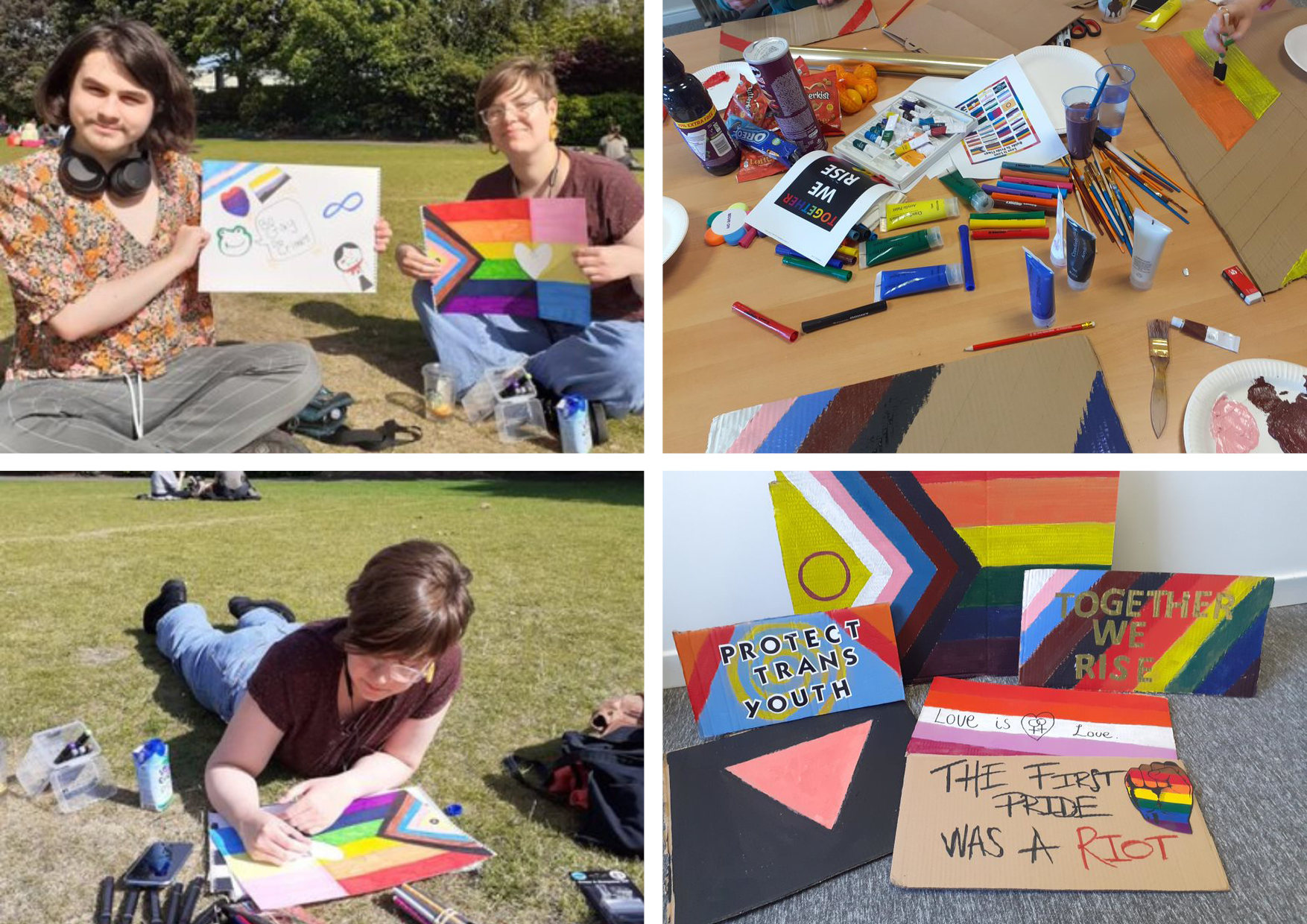
August: During Summer 2022 the group went to an amazing LGBT show at Edinburgh Fringe Festival!
December: Before the end of the year we began work on our LBGTQIA+ throughout history timeline which involved a huge amount of time and planning.
January: The signposting display was completed in the Edinburgh office which includes a wide range of LGBT resources and leaflets and some pride colour painted rocks. The rocks were gathered on a previous meeting to Portobello Beach.
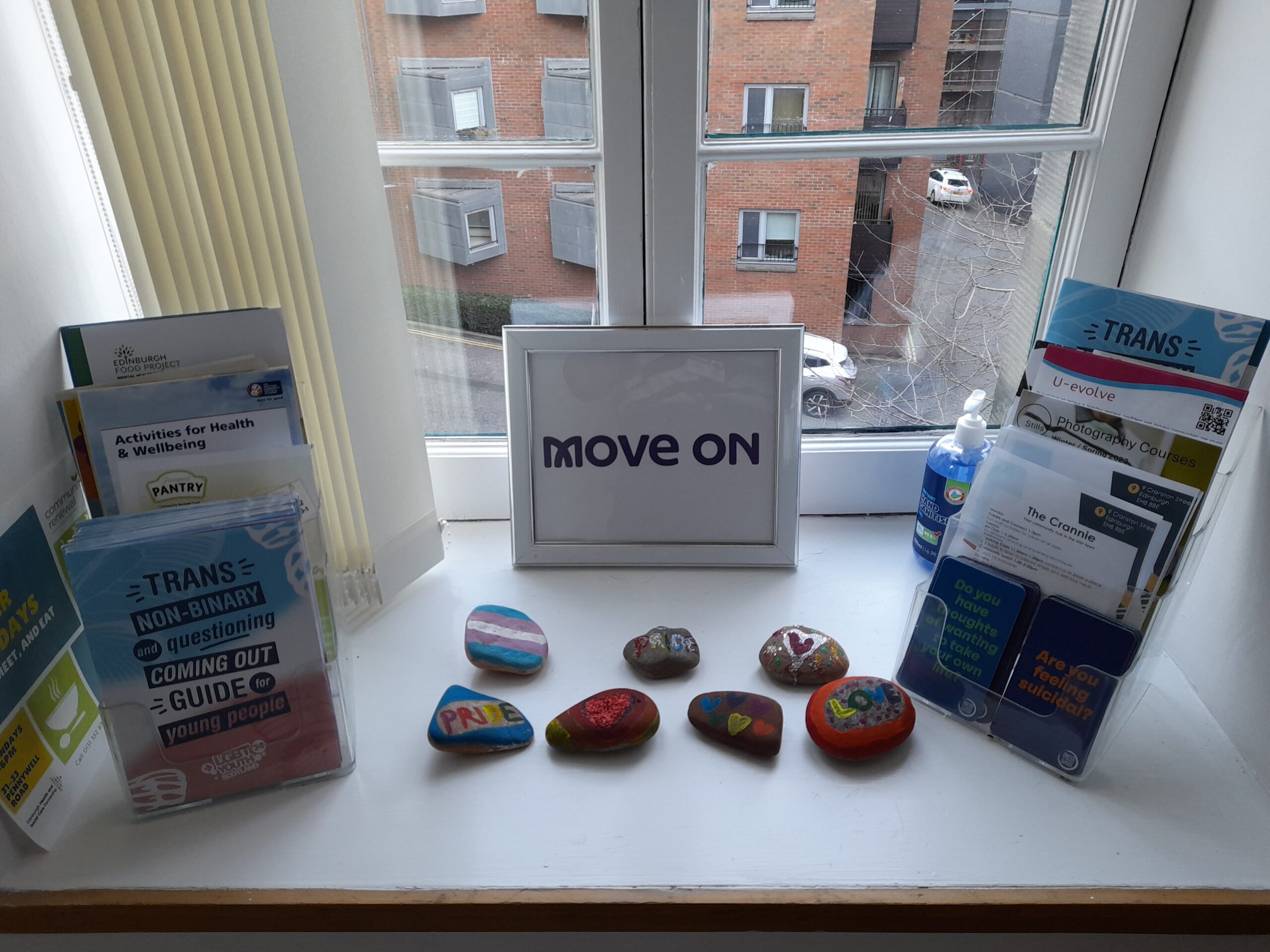
February: We finished our timeline for LGBT history month, which is now on display in the Edinburgh Office for staff and service users to see.
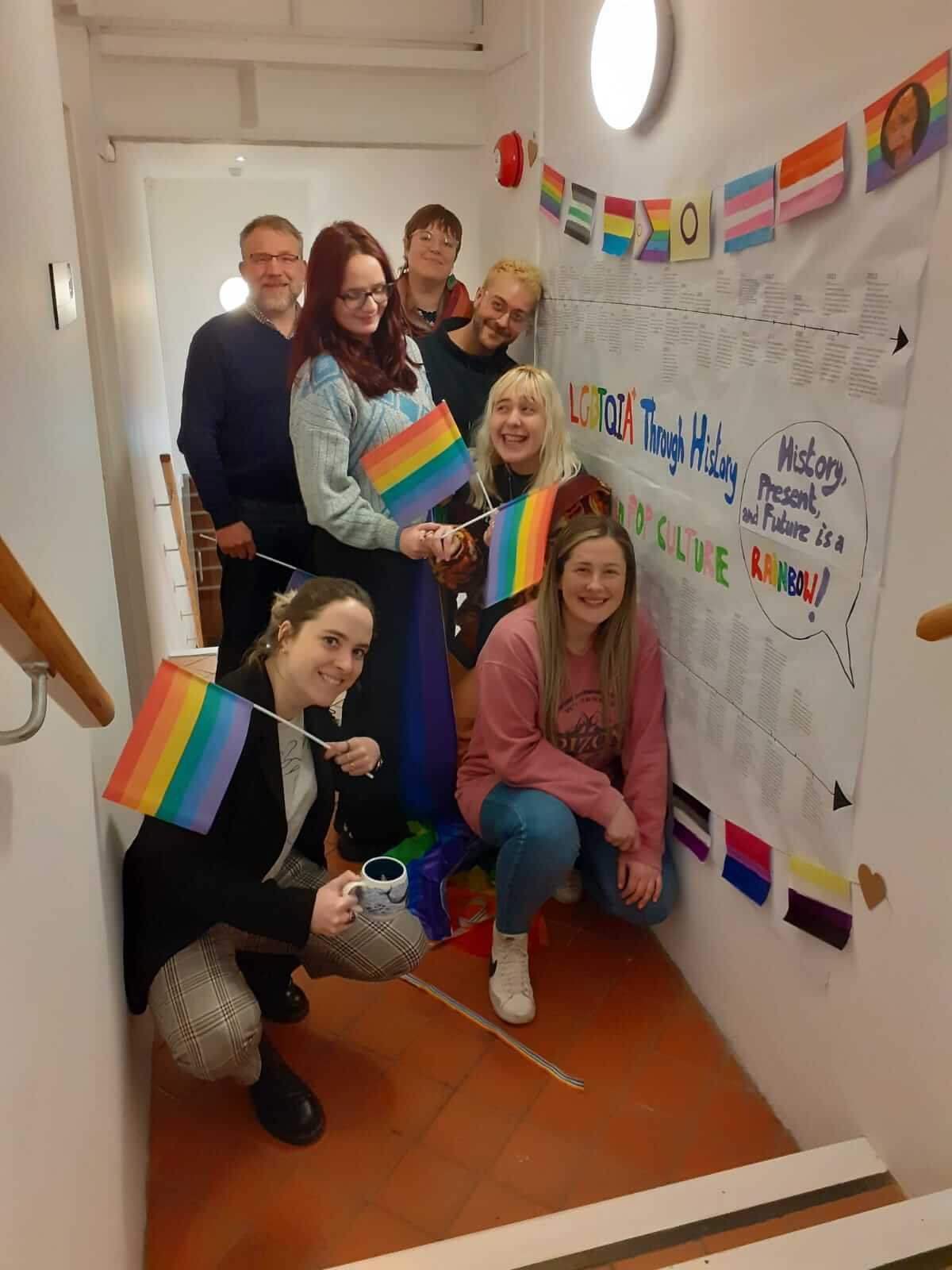
March: Our corporate partner Deloitte invited us to the first LGBTQ+ VR Museum in the world, situated in Glasgow.
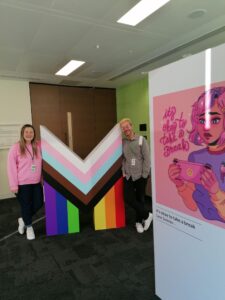
What the team have learnt
- Several members of staff said they now feel more confident challenging inappropriate language.
- We learnt how beneficial the inclusivity work we carried out is for service users. Staff engaged with them on another topic/level. Some went to Pride, and some young people who usually are not keen on young people groups engaged in activities. We have now an established Young Person’s LGBT Group at Move On.
- Knowing that if you allow banter to happen it can lead to discrimination and potentially death.
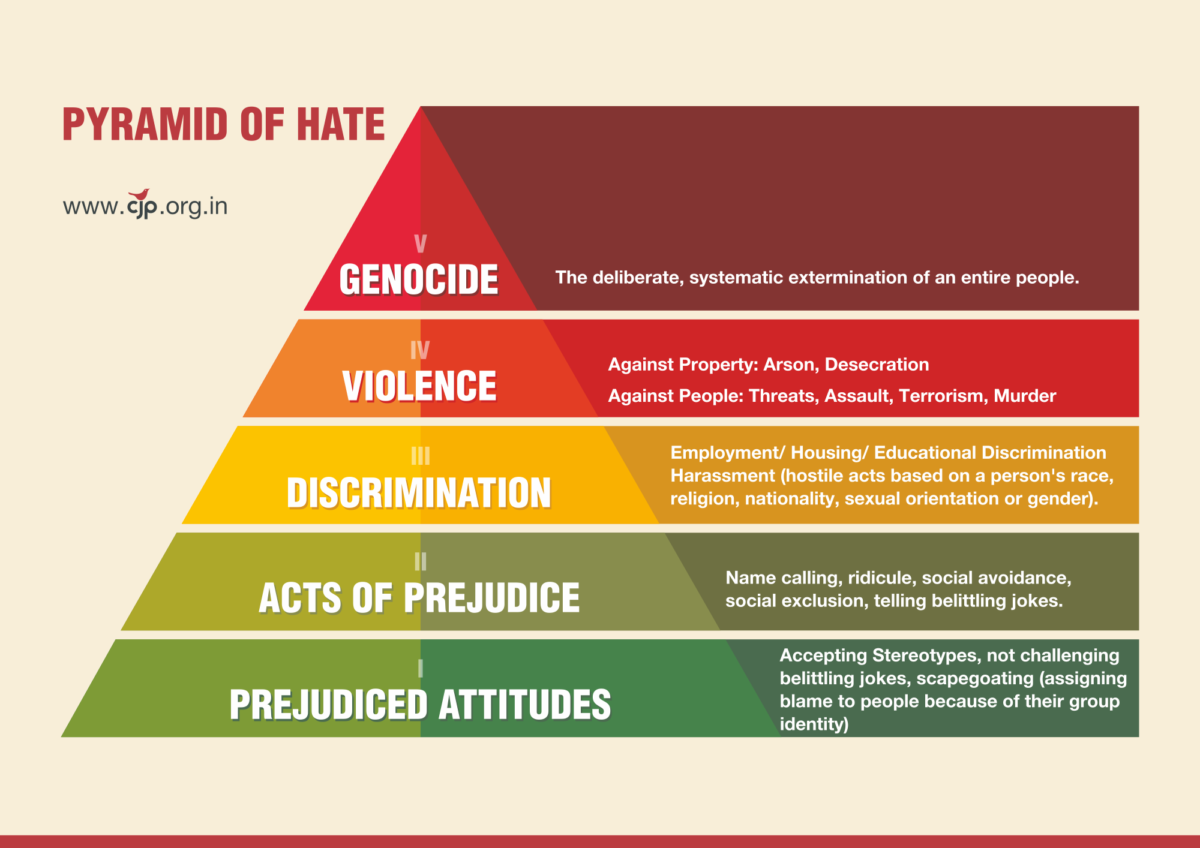
- Staff said they now have more confidence in discussing LGBT topics with young people, and know that sometimes making mistakes in what they say is OK. Acknowledge, learn and move on!
- Staff who carried out the training said they felt challenged, but in the end, everyone said they had much better knowledge and understanding of the terminology used and the diversity which exists within the LGBT population.
- Overall it’s been an incredibly insightful journey and we’re looking forward to embedding all our key learnings into our workplace culture – we’re very ready to put everything into practice. The Move On team also know that having the correct policies in place isn’t all that needs to be done. These policies and practices should be regularly reviewed and updated depending on legislative changes, and new members of staff should be briefed on our inclusivity measures.
What’s changed
- We realise we weren’t as inclusive in our policies and practices as we thought we were. This has now been reviewed and improved which is really great. We hope to continue improving as we learn more about how to be more inclusive.
- We also see previously that we weren’t visibly inclusive. There’s now lots on display in the Edinburgh office which helps to show our service users that we’re working on our inclusivity.
- A staff member part of the LGBT community said: “It feels good walking into the office knowing how inclusive the Move On team is. Seeing the LGBT timeline on the wall and signposting on the shelves is an amazing first step to making the LGBT community feel welcome in the Move On office.”
- Staff now know that it’s important to occasionally check in with the young people they work with about their pronouns to ensure they address them correctly. When meeting a new young person, staff are also sure to introduce themselves with pronouns, ask them about theirs and what their identities mean to them. They also understand why putting pronouns in email signatures is important.
- 80% of staff have been briefed and 50% trained and this is something we’ll build on.
This is only the start of our journey. Please stay tuned on our website and social media to see progress updates, events and what our LGBT youth group get up to next.
